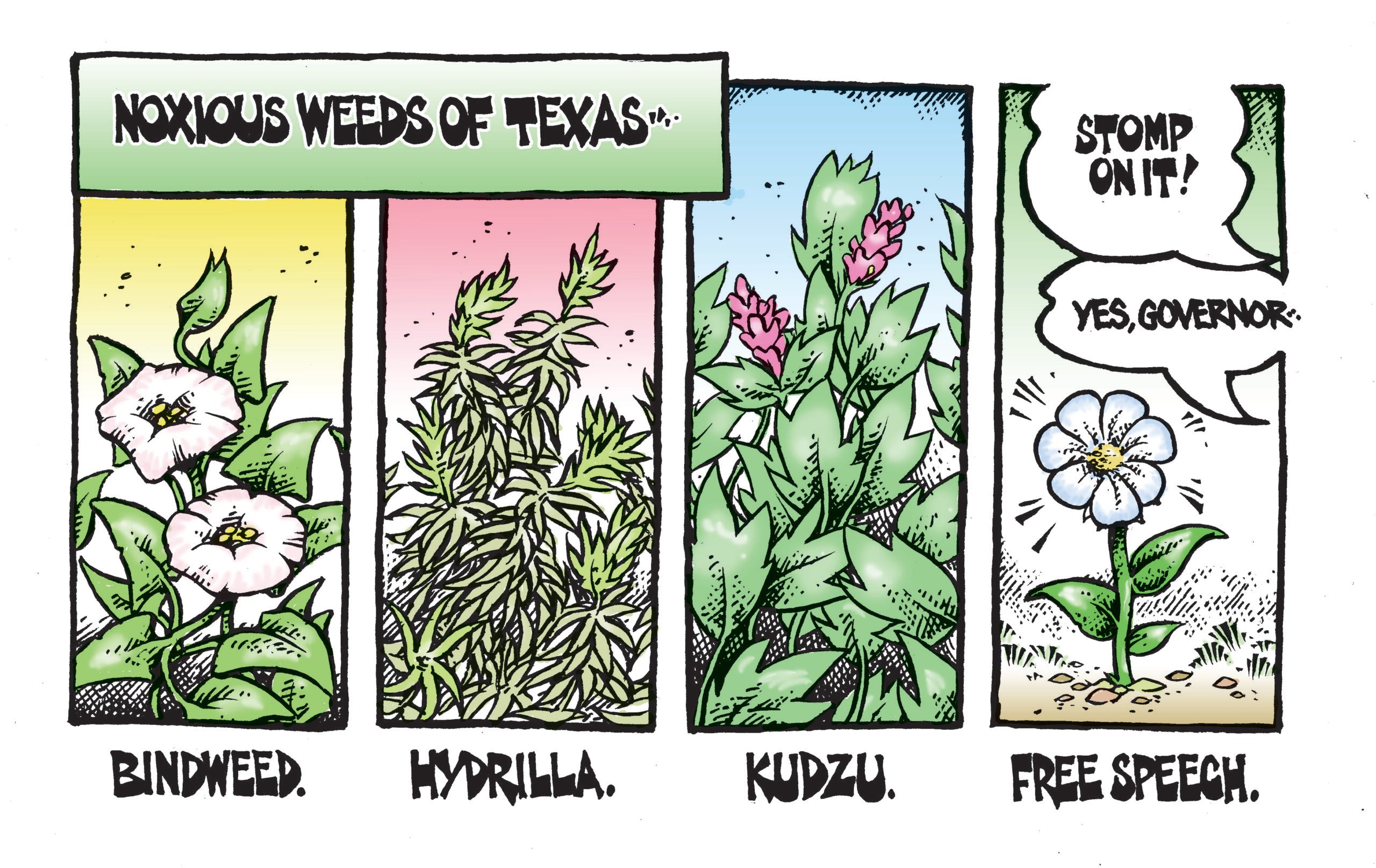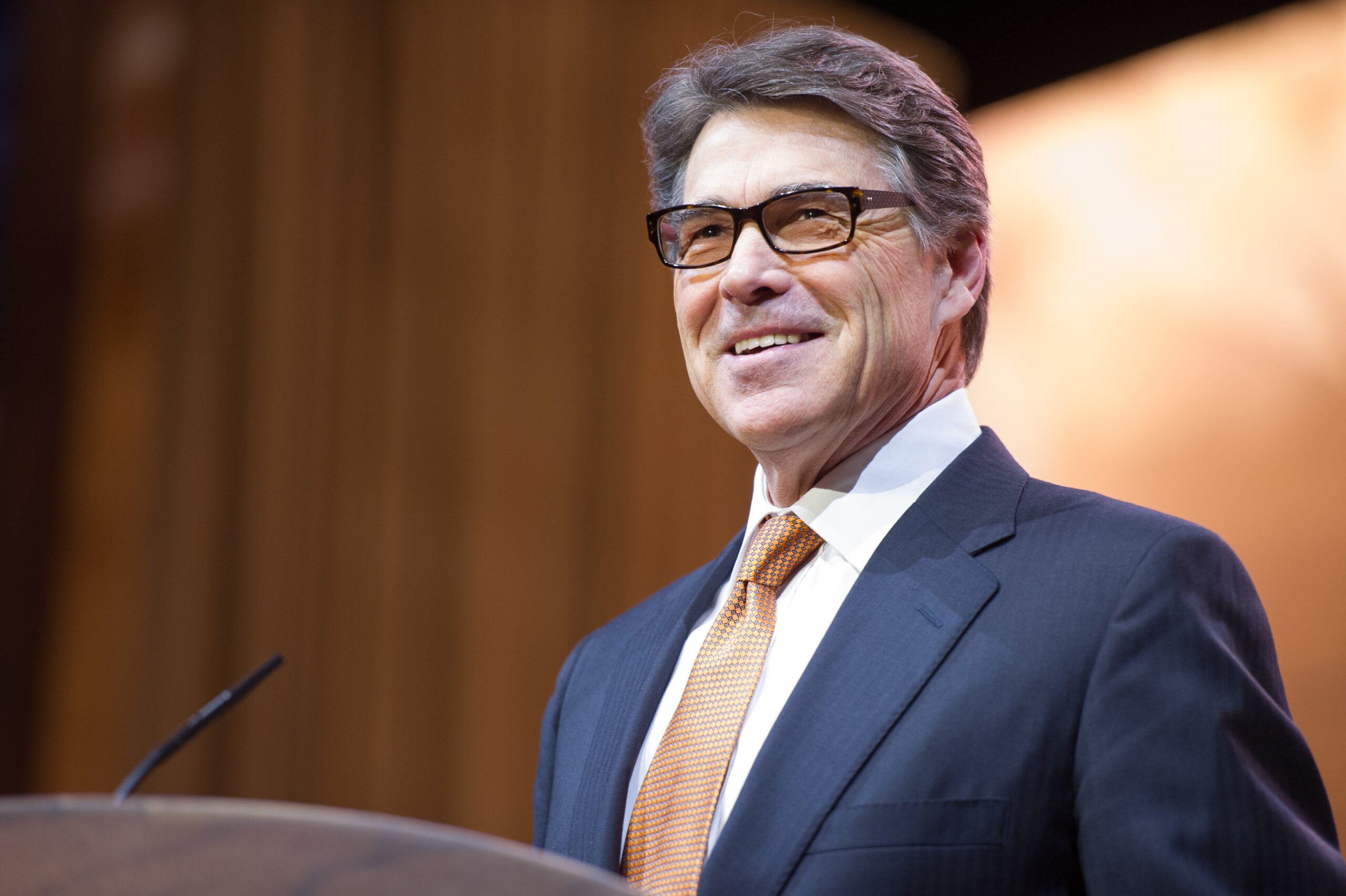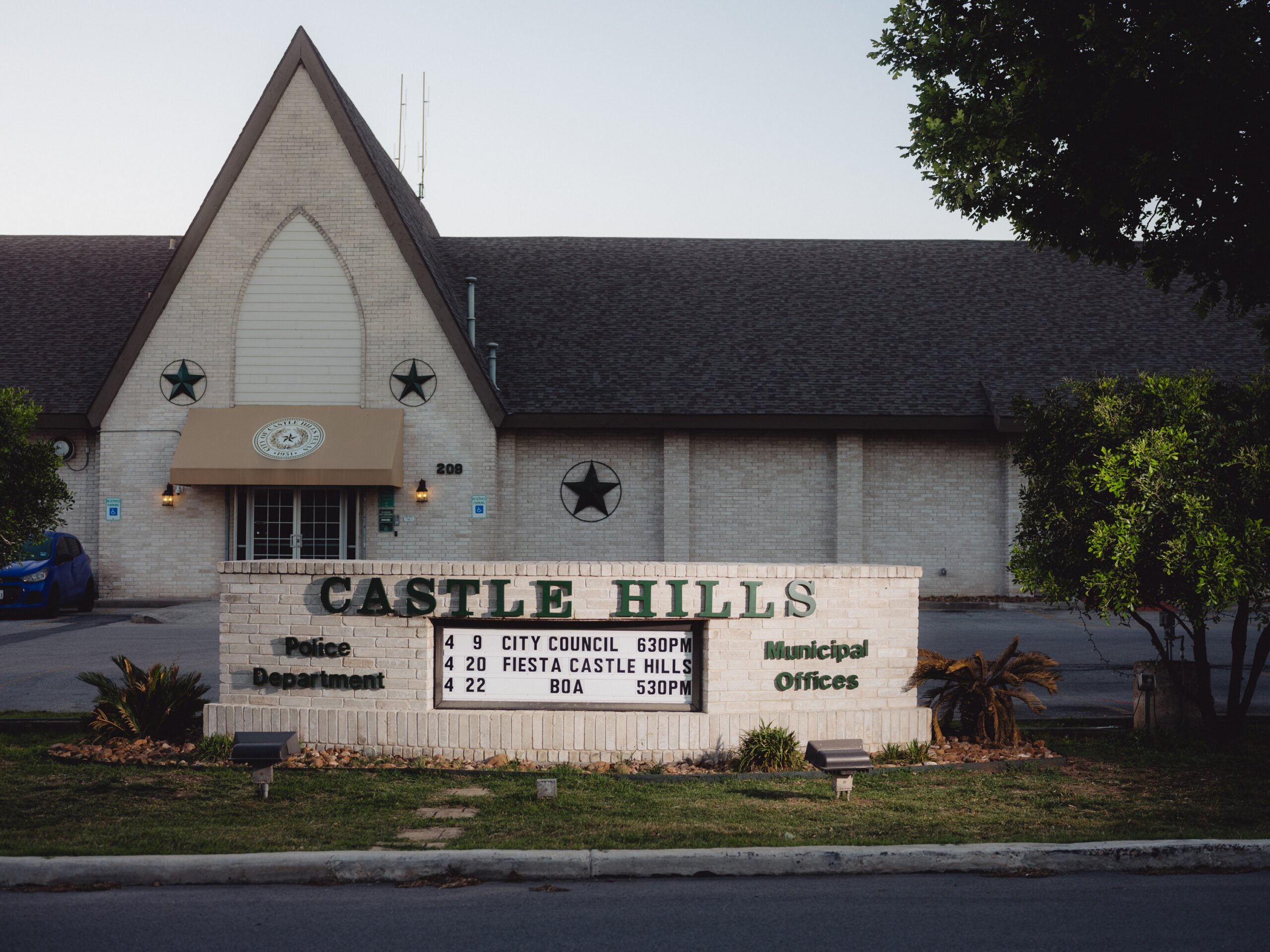ustxtxb_obs_1994_12_09_50_00015-00000_000.pdf
Page 23
FOR LOVE MONEY MAKIM7i -A.11.1VING VS. MAKIN*: A I.II1S YOUR EMPLOYER USES 20 YEARS OF YOUR LIFE FOR EVERY YEAR YOU GET TO KEEP. UTNE READER JULY/AUGUST 1991 PROVOCATIVE, passionate, quirky, unbiased, opinionated, independent, irreverent… and fun to read in the tub. 1-800-730-UTNE CALL NOW TO GET A ONE-YEAR SUBSCRIPTION The Gulf Cartel, according to Valle, had connections as high as the cabinet level of the Salinas administration. Through information published irb Proceso, which included telephone records and lists of addresses of property rented for the Garcia Abrego organization in Mexico City, President Salinas’ Secretary of Transportation and Communication Emilio Gamboa Patron and his secretary Arturo Morales Protas were linked to a woman who once was a Federal Judicial Police agent and who was said to be connected to the Garcia Abrego Cartel. The woman, who Valle identifies through Mexican government intelligence reports, rented Mexico City residential property that was used by the drug organization and members of the drug cartel made telephone calls from her residence, according to government documents and telephone company records. Telephone numbers on the list of records Valle delivered to the Mexican attorney general and to President Salinas include two numbers at Los Pinos \(the presidential residence, or the Mexican equivalent of the U.S. White House, which includes both the presidential residence and administrative Mexican government documents obtained by Valle, are those of a former subdirector of operations in President Salinas’ administration. Many of the phone numbers are taken from a “Drug Enforcement Administration Pen Link Report Alphabetical List.” It is apparent that by showing his cards and clearly identifying the source of much of the information he has gathered, Valle is attempting to convince the Mexican and perhaps U.S. government officials of the quality of the evidence he has gathered. Also laid out in Valle’s accounts in Proceso is an elaborate system by which the DEA not only monitors calls in the United States and Mexico, but maintains a crossreferenced account the frequency of calls between certain parties. Fifty-one phone lines associated with the drug trade and monitored in Northeast Mexico provide the DEA with some idea of who is calling where, so the agency can compile an index of frequently called numbers in Houston, Brownsville, Laredo, McAllen, California, Louisiana, Georgia, Illinois, Florida and New York. Valle also lists by name several private U.S. residences that have received calls from Mexican drug dealers associated with the Gulf Cartel. Also on the list is a line assigned to the offices of the President of Mexico. Rt ON LARD, the chief of DEA operaions in the Lower Rio Grande Valley, old Proceso reporter Julio Alberto Rubio that the agency does monitor telephone calls, although he said he didn’t know where Valle obtained his information. “I don’t know how Valle could have got the informationif indeed he has itconcerning telephone surveillance. It is information that costs the government a lot, not only for the equipment used to monitor the phone lines, but for every phone that is monitored you need a team of investigators working day and night and an adequate team that is ready to respond whenever the opportunity presents itself. “A lot of calls are made on each monitored phone and you have to pay attention to all of them. You have to listen to all the other parties that this person has contact with. It’s a big cost just to put people in the field to conduct these operations. And just to listen to a drug trafficker on the phone is worth nothing; what is worthwhile is to move with your team and agents. That’s what costs…” Lard told Proceso that he has never met Valle. “He said he made contact with me while he was in Matamoros but that’s not true,” Lard said. “I don’t know Valle.” Lard added that Valle had contacted one of his agents, Tony Tamayo. “But I don’t know why,” Lard said. Valle, for his part, says he has nothing to hide. He has delivered photocopies of his files to the Mexican attorney general and President Salinas \(prior to the inauguration files he handed over to the Mexican government remain unopened, however, and suggests that the government doesn’t want to know what is in them. Perhaps it is too much, Carlos Mann speculates in Proceso. “He [Valle] relates dates, situations, he even makes footnotes and he’s handed over 31 files with documents that amount to 857 pages, with incontrovertible evidence, there are reports, briefings, police reports and telephone numbers that connect top-level government functionaries with narcotrafican tes .” “Permit me to be subjective about this,” Valle said. “The frequency, alphabetical and numerical,” of certain names and dates “demonstrates that if the DEA has not captured Juan Garcia Abrego in the United States it’s because they don’t want him captured. These men know where he is right now…” “Colosio had a number of Garcia Abrego’s people on the inside…,” Valle said. “That’s when I spoke to someone close to Colosio and asked what the fuck was going on… then, he tried to back away from the key people.” “Because, I told him: ‘Luis Donaldo, you need to be very careful with these people…’ ” Valle had scheduled a meeting with Colosio “then, March 23 arrived and Colosio was gunned down” in the Lomas Taurinas colonia of Tijuana. “Things,” Valle lamented, “just precipitated.” THE TEXAS OBSERVER 15


